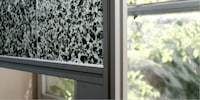
Background information
Can you guess what kind of e-waste went into this tile collection?
by Pia Seidel

Nino believes in the power of slower living. She is co-founder of the experimental art studio "Studio Terre" and designs objects that capture a moment.
Eva Noemi (Nino), Francesca Guarnone (Jufà) and Riccardo Brunetti from Studio Terre see beauty in everyday things. It can happen that they get the idea for a new design piece while cooking - and a little later a curtain made of 4000 handmade Murano glass beads is created. Because the trio, based in Trivolzio, a town in the Italian province of Pavia, wants to design objects with a history that connects yesterday and tomorrow. After meeting the designer at the Milan Furniture Fair, I talked to Nino about what that means in a video interview.
With the "Lola" room divider, you have brought back an almost forgotten object from the 60s - why?
Nino: We often see beaded curtains in the south of Italy in house or shop entrances and like them a lot. But they are often made of cheap plastic. We wanted to change that and recreate the beaded curtain from a more valuable material.
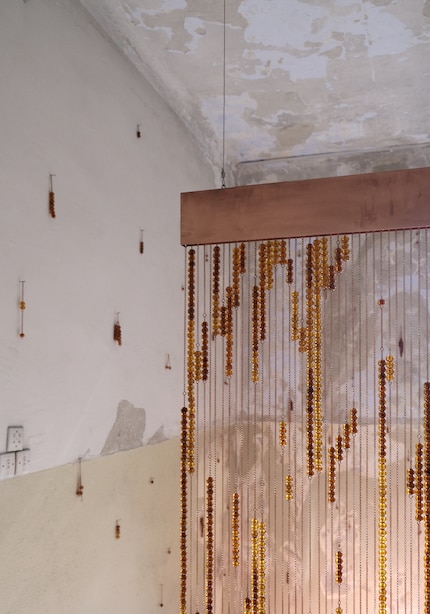
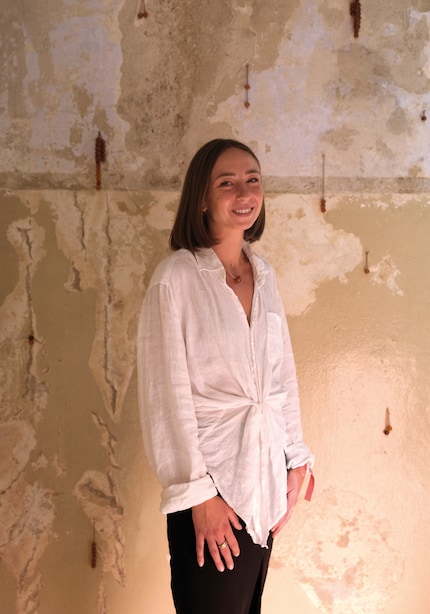
What does your redesign consist of now?
The beads are made of hand-blown Murano glass beads and terracotta powder. The entire hanging structure is made of copper. We made them in collaboration with the iron smith Daniele Mingardo from the Mingardo company in Padua.
It's probably no coincidence that you chose these materials?
. No, we were inspired by an evening when we cooked spaghetti carbonara. More precisely, from the moment when the beaten egg was mixed with pepper in the glass. We wanted to capture this image and looked for the best glass for it. Because we only produce locally, our choice fell on Murano glass from northern Italy. The terracotta powder comes from Puglia.
How long did you work on "Lola"
? Including design and realisation, the process took eight months, from October 2021 to June 2022.
Did you or the others ever lose patience during this time?
Sometimes yes, but we kept going anyway because we had the end result in mind.
What challenges were there during the process besides the patience game?
It was difficult at the beginning to find the right manufacturers for the individual parts. But the design of the curtain was not without its challenges either. The arrangement of the beads is not arbitrary, but follows a certain order.
You exhibited the result together with two other design pieces during the Milan Furniture Fair in Alcova. What was the installation about?
We wanted to take the opportunity to activate the senses of the visitors. With the sweet "Caramellaio" we wanted to appeal to the sense of taste and with the wall objects "Rocco" to the sense of sight. "Lola" plays with light, sound and shadow. The room divider comes alive in a light breeze, tells visitors something with its relaxing clink and perhaps gives them a good feeling.
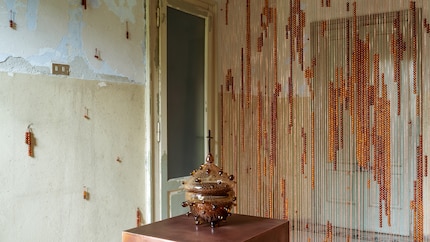
Now that the installation has been taken down again - do you see the beaded curtain in a home or in an art gallery?
In both! It currently hangs in the Paris gallery Scène Ouverte, but it can also be adapted to hang in private spaces as you wish.
All the pieces on display were made of the same material. What other characteristics do your designs have in common?
They are fun, but also sophisticated - a combination of shapes, light and colour that we find best. And we have designed them according to the principles of Slow Design.
What are they?
We want to make objects that are honest and sustainable. Those that take time and effort to create. They should remind us of the importance of being together, sharing and collecting stories even as we make them. Like a diary.
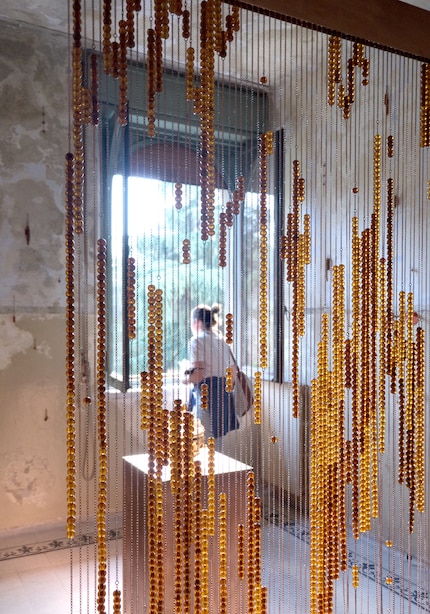
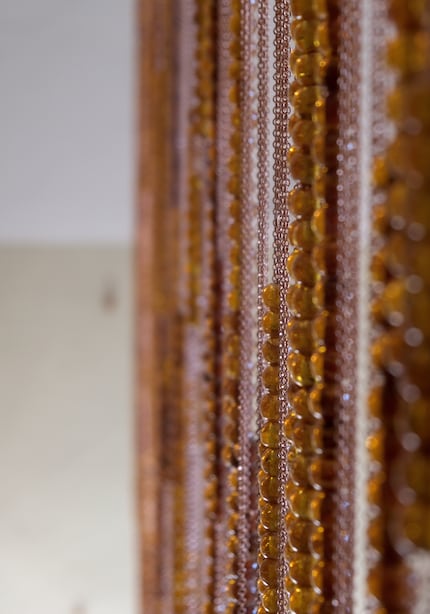
Have you always designed according to these criteria?
. No, it's only been like this since Studio Terre was founded. All three of us wanted to get away from the hectic pace we experienced in previous jobs as well as in Milan. Before that, I was a shoe designer for Prada and Riccardo was a cook in a restaurant there. Jufà was and remains a set designer, but with a smaller workload.
Nevertheless, do you take something with you from that time at Prada?
Definitely. That's where I got the eye for detail. But today I enjoy not having to follow such strict guidelines and taking a step back if I don't like something. This often leads to much better solutions.
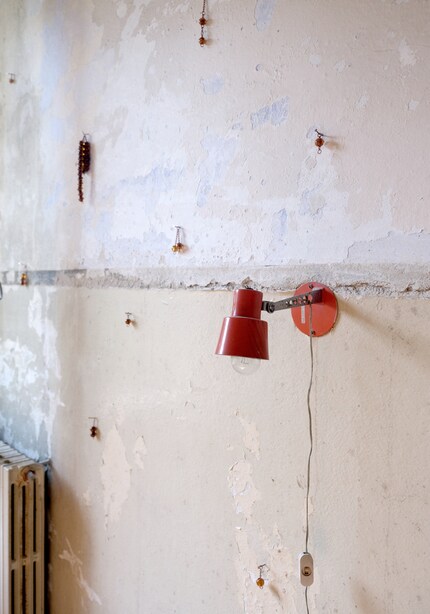
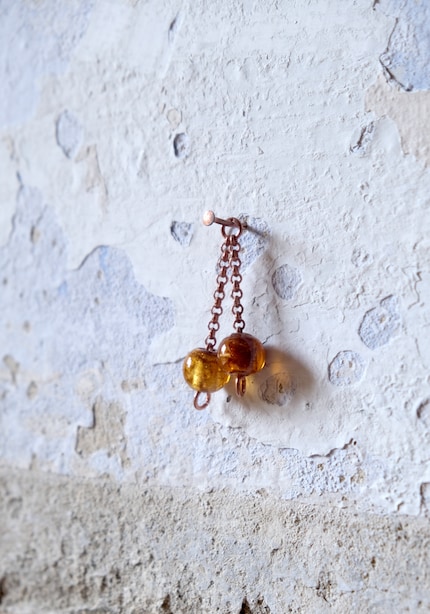
What distinguishes you from other design studios besides the slow-design approach?
Studio Terre is an experimental art studio where art is created from the act of living. We prefer to create personal unique pieces instead of selling a mass product. In doing so, we also revisit traditional methods of times past and combine them with modern craftsmanship.
If you don't make commercial products, how do you want to grow as a young label?
We want to grow like artists - in other words, to realise individual commissioned works for private individuals, galleries or architectural offices. In doing so, we believe that it is important to remain true to our roots, to fall back on old craftsmanship and proven materials. The past is important for the future.
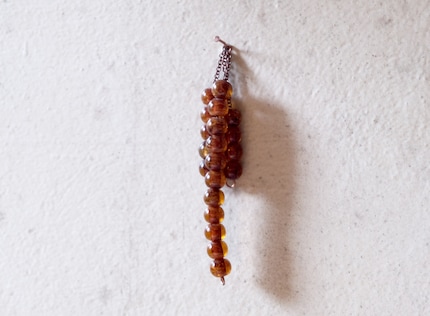
What kind of people are they who are constantly looking for better design solutions? Who design a new chair or table even though these things already exist a thousand times over? In this series, I will introduce you to such people and their leitmotifs. Follow me to have the next post on your screen.
Like a cheerleader, I love celebrating good design and bringing you closer to everything furniture- and interior design- related. I regularly curate simple yet sophisticated interior ideas, report on trends and interview creative minds about their work.
Interesting facts about products, behind-the-scenes looks at manufacturers and deep-dives on interesting people.
Show all
Background information
by Pia Seidel
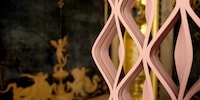
Background information
by Pia Seidel

Background information
by Pia Seidel